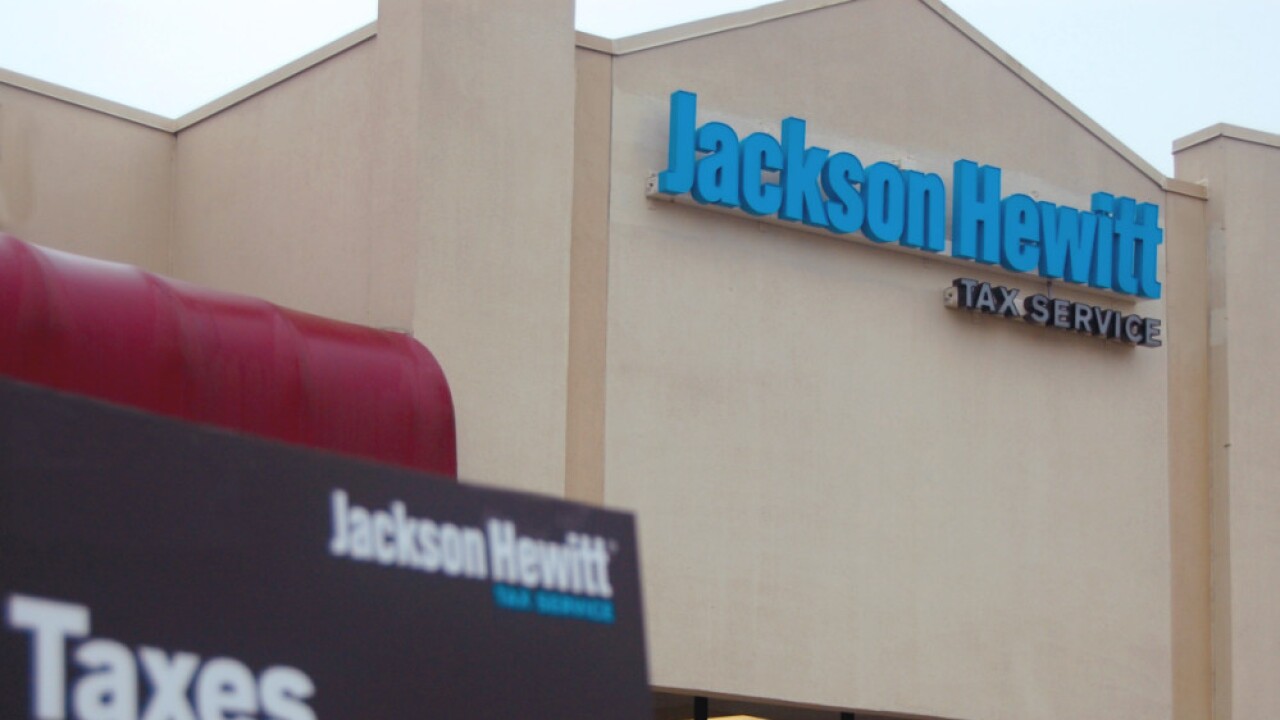People are always at the ready to offer advice on what you should do with your money and what money actually means. The problem is that most people have little knowledge of what is safe and what isn't, what is good and what isn't, and on and on.
So, with a heavy hand, I went out in search of what we'll call The Truth, to dispel the following myths:
1. Savings Accounts are Best. According to Bates Investment Services, 53 percent of savings accounts presently do not pay higher-rate taxpayers a positive real rate of return. In fact, some 23 percent don't even offer a real return. So, keeping the money in savings account is putting the money at risk from both tax and inflation.
2. High Risk = High Returns. Sure, most advisors will tell you that if you take a bigger risk you may get a higher return. Perhaps, and then, perhaps not. Keep in mind that bigger risk also translates to bigger losses.
3. Look at Past Performance. Everybody thinks that this is the measure of future success. Oh sure, you shouldn't ignore past performance but other factors have to be weighed. For example, what's the fund manager's track record? And don't forget that market conditions affect a certain sector or region.
4. Banks Know How to Manage Money. Oh yeah? Who says? Some are terrible performers. Dennehy Weller notes that people usually feel safer with high-street banks (you know, the big names) but in many instances these large funds are often the worst performers. So they recommend looking beyond the brand name.
5. Bonds are Low Risk. Uh uh! Another misconception. It is conceded that bonds are generally less risky than say equities, but you could still lose your shirt. Keep in mind that when you buy a bond, you are primarily lending money to the issuer. The bond, in turn, pays a fixed amount of interest for a certain period of time, after which you will get your capital back if you bought at issue, unless of course the issuer defaults on the loan. Just keep in mind the two types of bonds here: investment-grade bonds that are issued by blue-chip companies and are usually pretty safe. And high-yield bonds, sometimes known as junk bones, which are issued by not as solid companies. Indeed, they pay a higher rate of interest that is really to offset the higher risk involved.
So what this comes down to is to spread the wealth, as it were. Most advisors will tell you that you should invest in a wide range of assets for retirement. It is important not to rely on one asset class or investment vehicle but to cover the entire board.





